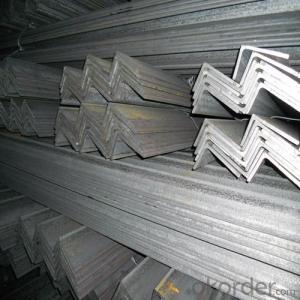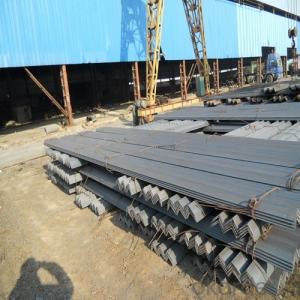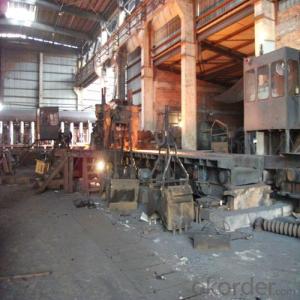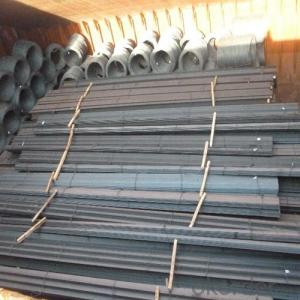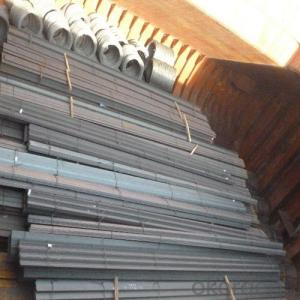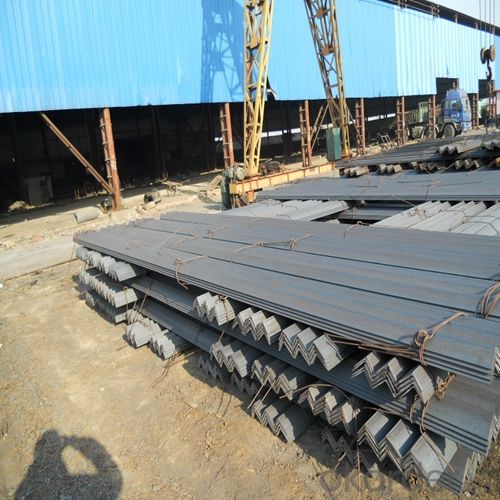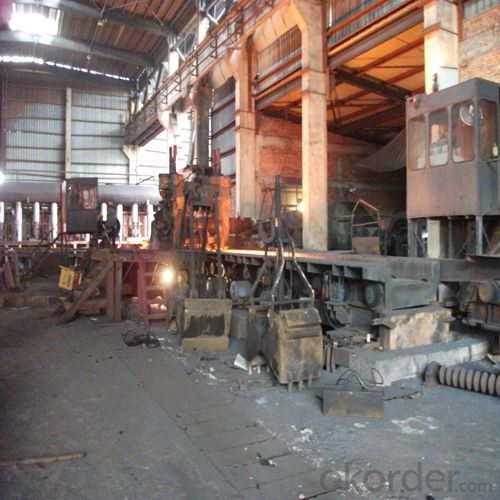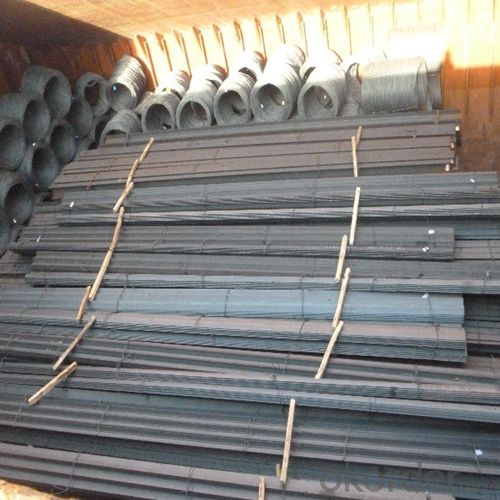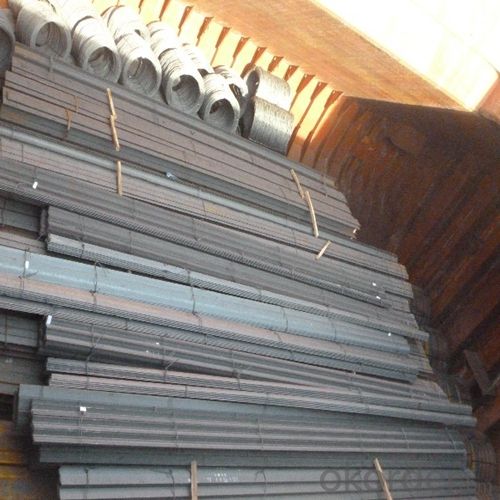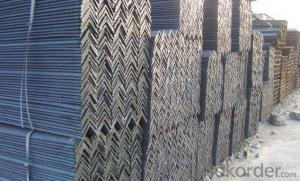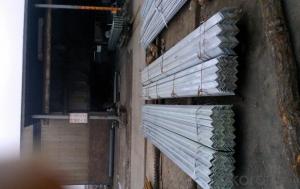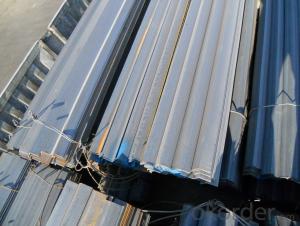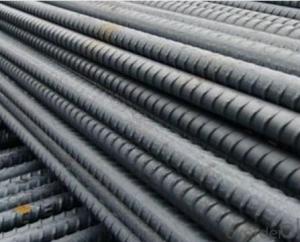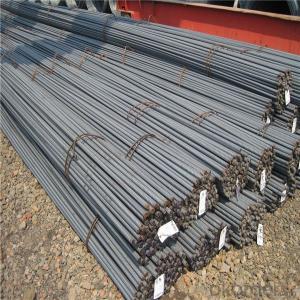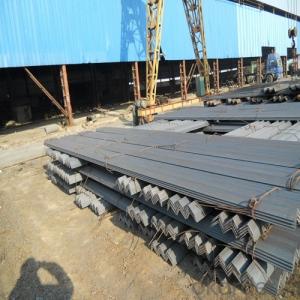Hot Rolled Angle Bar Steel 6M or 12M EN10025,JIS G3192,DIN 1026,GB 707-88
- Loading Port:
- Tianjin
- Payment Terms:
- TT or LC
- Min Order Qty:
- 100 m.t.
- Supply Capability:
- 20000 m.t./month
OKorder Service Pledge
OKorder Financial Service
You Might Also Like
Product Description:
Specifications of Angle Steel
1. Invoicing on theoretical weight or actual weight as customer request
2. Length: 6m, 9m, 12m as following table
3. Sizes

Sizes: 25mm-250mm | ||
a*t | ||
25*2.5-4.0 | 70*6.0-9.0 | 130*9.0-15 |
30*2.5-6.6 | 75*6.0-9.0 | 140*10-14 |
36*3.0-5.0 | 80*5.0-10 | 150*10-20 |
38*2.3-6.0 | 90*7.0-10 | 160*10-16 |
40*3.0-5.0 | 100*6.0-12 | 175*12-15 |
45*4.0-6.0 | 110*8.0-10 | 180*12-18 |
50*4.0-6.0 | 120*6.0-15 | 200*14-25 |
60*4.0-8.0 | 125*8.0-14 | 250*25 |
5. Payment terms:
1).100% irrevocable L/C at sight.
2).30% T/T prepaid and the balance against the copy of B/L.
3).30% T/T prepaid and the balance against L/C
6.Material details:
Alloy No | Grade | Element (%) | |||||
C | Mn | S | P | Si | |||
Q235 | B | 0.12—0.20 | 0.3—0.7 | ≤0.045 | ≤0.045 | ≤0.3 | |
Alloy No | Grade | Yielding strength point( Mpa) | |||||
Thickness (mm) | |||||||
≤16 | >16--40 | >40--60 | >60--100 | ||||
≥ | |||||||
Q235 | B | 235 | 225 | 215 | 205 | ||
Alloy No | Grade | Tensile strength (Mpa) | Elongation after fracture (%) | ||||
Thickness (mm) | |||||||
≤16 | >16--40 | >40--60 | >60--100 | ||||
≥ | |||||||
Q235 | B | 375--500 | 26 | 25 | 24 | 23 | |
Usage & Applications of Angle Steel
According to the needs of different structures, Angle can compose to different force support component, and also can be the connections between components. It is widely used in various building structures and engineering structures such as roof beams, bridges, transmission towers, hoisting machinery and transport machinery, ships, industrial furnaces, reaction tower, container frame and warehouse etc.
Packaging & Delivery of Structure Steel Angle Bar
1. Transportation: the goods are delivered by truck from mill to loading port, the maximum quantity can be loaded is around 40MTs by each truck. If the order quantity cannot reach the full truck loaded, the transportation cost per ton will be little higher than full load.
2. With bundles and load in 20 feet/40 feet container, or by bulk cargo, also we could do as customer's request.
3. Marks:
Color mark: There will be color marking on both end of the bundle for the cargo delivered by bulk vessel. That makes it easily to distinguish at the destination port.
Tag mark: There will be tag mark tied up on the bundles. The information usually including supplier logo and name, product name, made in China, shipping marks and other information request by the customer.
If loading by container the marking is not needed, but we will prepare it as customer request.
The angle is perpendicular to each other on both sides of the steel strip into the corner. There are equilateral angle steel and unequal angle points. An equal angle two edge width equal.
The angle is built with carbon steel, is a simple section steel steel, mainly used for metal components and the frame of the plant. In the use of the requirements are good, plastic deformation properties and a certain mechanical strength. The production of raw materials for low carbon steel billet steel billets, finished angle for the hot rolling, normalizing or hot-rolled state of delivery.
The specifications are expressed by the MM number of edges and sides and the thickness of the thick. Such as "/ 30 x 30 x 3", that is 30 mm equilateral angle edge width edge thickness was 3 mm. Also available models that model is the number of centimeters wide, such as angle 3#. Model doesn't mean thickness angle of different size in the same model, thus in the edge of the contracts and other documents will be angle width, edge thick size fill in complete, avoid separate model, said. The specifications for 2#-20# hot rolled equilateral angle steel.
The surface quality of the equilateral angle steel are specified in the standard and may not generally require the use of harmful defects, such as delamination, scarring, and cracks. Equilateral angle geometry error allowed range in the standard also provides, in general, including bending, edge width, edge thickness, dip angle and theoretical weight, and provides significant torsional angle not.
Angle according to the different needs of structure composed of a variety of stress components, can also be used as a component of the connections between the. Angle steel is mainly used for manufacturing the frame structure, such as high voltage transmission tower, steel structure bridge girder on both sides of the framework, tower crane of the column and arm lever on the construction site, workshop of column and beam, small place such as festivals roadside put pot in the shape of a shelf, in window hanging solar air conditioning such as shelves.
- Q: What are the different testing methods used for quality control of steel angles?
- There are several testing methods used for quality control of steel angles. These include visual inspection, dimensional measurements, ultrasonic testing, magnetic particle inspection, and load testing. Visual inspection involves visually examining the steel angles for any surface defects or imperfections. Dimensional measurements ensure that the angles meet the specified size and shape requirements. Ultrasonic testing uses sound waves to detect any internal flaws or discontinuities in the material. Magnetic particle inspection involves applying a magnetic field to the angles and using magnetic particles to identify any surface cracks or defects. Lastly, load testing involves subjecting the angles to a predetermined load to determine their strength and structural integrity. These testing methods help ensure that the steel angles meet the required quality standards.
- Q: Can steel angles be used for reinforcing concrete structures?
- Yes, steel angles can be used for reinforcing concrete structures. Steel angles are commonly used as a reinforcement material in concrete structures due to their strength, durability, and versatility. They provide additional strength and support to the concrete, helping to prevent cracks and improve the overall structural integrity. Steel angles can be used in various applications such as beams, columns, slabs, and walls, offering flexibility in design and construction. The use of steel angles in reinforcing concrete structures enhances their load-bearing capacity, resistance to bending and shearing forces, and increases their lifespan.
- Q: What does angle 5 mean?
- The specifications are expressed in millimeters of edge width * edge width * edge thickness. Such as "/ 30 x 30 x 3", that is 30 mm width equal angle, edge thickness of 3 mm. Also available models that model is the number of centimeters wide, such as angle 3#. The model does not mean the size of the different edges and sizes of the same model. Therefore, the width, the edge and the thickness of the angle iron should be filled out in the contract and other documents, so as not to be indicated by the model alone. Standard Specification for hot-rolled equal angle iron is 2#-20#.
- Q: Can iron angle steel be welded with stainless steel angle steel?
- Iron angle steel and stainless steel angle welding are not difficult.
- Q: Can steel angles be used for column supports?
- Yes, steel angles can be used for column supports. Steel angles are commonly used in construction for their strength and stability. They can provide excellent support for columns, especially when properly designed and installed. The use of steel angles for column supports can help distribute the load and provide structural integrity to the overall structure. However, it is important to consult a structural engineer or a professional in the field to ensure that the specific steel angles being used are suitable for the intended purpose and meet the necessary building codes and regulations.
- Q: Is there a screw that can be made like angle iron, but not a right angle, just a single piece of material? That's the way to break the angle iron in two. What if it's called? Thank you, professionals!
- Wear protective gloves and glasses when cutting, because metal chips can hurt people, especially the eyes. Ha ha, I hope to help you.
- Q: Can steel angles be used for roof trusses?
- Yes, steel angles can be used for roof trusses. Steel angles are commonly used in the construction industry for various structural applications, including roof trusses. They provide excellent strength and stability, making them a suitable choice for supporting the weight of a roof. Additionally, steel angles can be easily fabricated and customized to meet specific design requirements, making them a versatile option for roof truss construction.
- Q: What are the limitations of using steel angles in highly corrosive or chemical environments?
- The use of steel angles in highly corrosive or chemical environments has certain limitations due to the nature of steel and its susceptibility to corrosion. Firstly, steel angles are primarily made from carbon steel, which is prone to rusting when exposed to moisture or chemicals. In highly corrosive environments, such as those containing acids, alkalis, or saltwater, the steel angles may corrode at an accelerated rate, leading to structural integrity issues. Moreover, steel angles may also suffer from pitting corrosion in such environments. Pitting corrosion occurs when small pits or holes form on the surface of the steel due to localized chemical reactions. This can weaken the angles and reduce their load-bearing capacity. Another limitation is that steel angles may not be resistant to specific chemicals or substances. Some chemicals can react with steel, causing degradation or even catastrophic failure. For instance, strong acids or bases can cause severe damage to the steel angles, leading to structural collapse. Furthermore, steel angles may require additional protective measures, such as coatings or corrosion inhibitors, to enhance their resistance in corrosive environments. These additional measures can add to the cost and maintenance requirements of the structure. In conclusion, while steel angles are widely used in various applications, their usage in highly corrosive or chemical environments has limitations due to their susceptibility to corrosion and potential chemical reactions. It is crucial to consider alternative materials or employ protective measures to ensure the structural integrity and longevity of the angles in such environments.
- Q: How do steel angles perform in earthquake-prone regions?
- Steel angles perform very well in earthquake-prone regions due to their inherent strength and flexibility. The angular shape of steel angles provides excellent resistance against lateral forces, making them ideal for seismic applications. When exposed to seismic activity, steel angles can effectively distribute the seismic forces throughout the structure, minimizing the concentration of stress on specific areas. This redistribution of forces helps to enhance the overall structural integrity and prevent catastrophic failure during an earthquake. Additionally, steel angles possess exceptional ductility, allowing them to absorb and dissipate energy through plastic deformation. This ductility helps to prevent sudden and brittle failures, which are common in other materials. Furthermore, steel angles are widely used in seismic design codes and guidelines, ensuring that structures in earthquake-prone regions are built to withstand seismic forces. Overall, steel angles are a reliable and trusted choice for construction in earthquake-prone regions, providing the necessary strength and flexibility to ensure the safety and stability of structures during seismic events.
- Q: What is the typical lead time for steel angle orders?
- The lead time for steel angle orders can differ due to various factors, including the supplier, quantity, customization needs, and prevailing market conditions. Typically, the lead times for such orders fall within a 2 to 4-week range. This time frame accounts for order processing, steel angle manufacturing or sourcing, and transportation to the desired destination. It is worth noting that lead times may be affected by factors like raw material availability, production capacity, and the workload of the supplier. Consequently, it is recommended to reach out to the specific supplier or manufacturer for precise and current lead time information.
Send your message to us
Hot Rolled Angle Bar Steel 6M or 12M EN10025,JIS G3192,DIN 1026,GB 707-88
- Loading Port:
- Tianjin
- Payment Terms:
- TT or LC
- Min Order Qty:
- 100 m.t.
- Supply Capability:
- 20000 m.t./month
OKorder Service Pledge
OKorder Financial Service
Similar products
Hot products
Hot Searches
Related keywords
